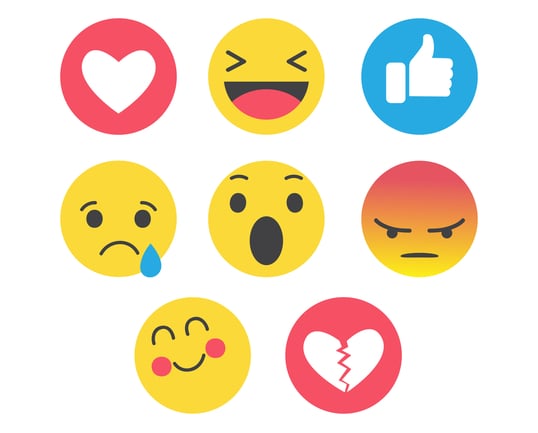
Use of emojis is increasingly becoming universal. Despite compatibility issues when sending sophisticated animated emojis or GIFs to older mobile phones, they lend themselves to the medium of SMS. According to psychologists’ studies, emojis are perceived by the human brain as a real person, rather than as symbols or pictures. For many, they have become an integral part of their messages. However they present many pitfalls to the SMS marketer.
Emojis have gradually become a part of business messages, helping senders to make SMS mail-outs more lively. In some areas, they have found their place:
- The entertainment industry. Here, by using emojis, you can create whole texts for correspondence with customers as well as advertising posts.
- Tour operators. The symbols of this graphic language can create a holiday mood.
Many business areas are becoming more open, transparent and accessible to consumers. Using emojis can help this to happen. Within reasonable limits, it is possible to use pictorial language in areas such as of hotel services, public catering, car repair or the sale of clothes and footwear.
Despite the fact that with the help of emojis it is possible to transmit almost any emotion and even shades of emotion, their use is not advisable in all areas of business:
- Banks. In the subconscious minds of consumers, the bank is a serious, reliable institution, where important questions about financial well-being are solved. There is no place for emojis, even if it’s a smiling face and a picture of a house in an offer for mortgages at a reduced rate. Such messages may seem to be jokey or frivolous.
- Auditing companies. This is one of the most highly profitable types of business, but also one of the most conservative. This means the use of emojis is inappropriate here.
- Lawyers, notaries, etc. Jurisprudence requires accuracy. It doesn’t tolerate excessive emotionality and assumptions. That’s why SMS mail-outs from senders in this area should maintain a sober tone without a hint of frivolity.
- Funeral Parlours. Even the use of sad images in advertising or correspondence may not come across as sympathy or condolence, but rather as contempt for someone else’s grief.
The general rules for using emojis in SMS mail-outs are:
- The younger your target audience is, the more receptive they are to these graphic symbols.
- Emojis shouldn’t jar the eyes.
- If you are sending serious text messages, don’t use emojis.
- In personal correspondence with consumers, emojis may be a good choice, as they “humanize” the image of a specialist working with clients. On the other hand,they look ridiculous in official letters from CEOs, company presidents or chief accountants.
- Only use symbols with clearly established meanings. If the meaning is unclear it’s better not to use them.
- Use positive emojis if you are counting on the loyalty of your audience. A recent study of users of social media showed that they don’t like negative emotions, such as “anger”, “sadness”, etc.
When creating an SMS mail-out, you need to remember that emojis should help you attract customers’ attention, and not be counterproductive or undermine your reputation.



